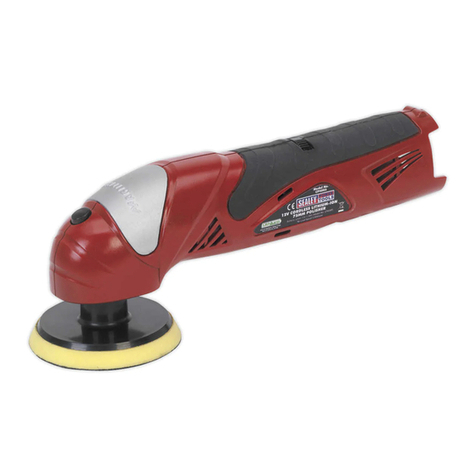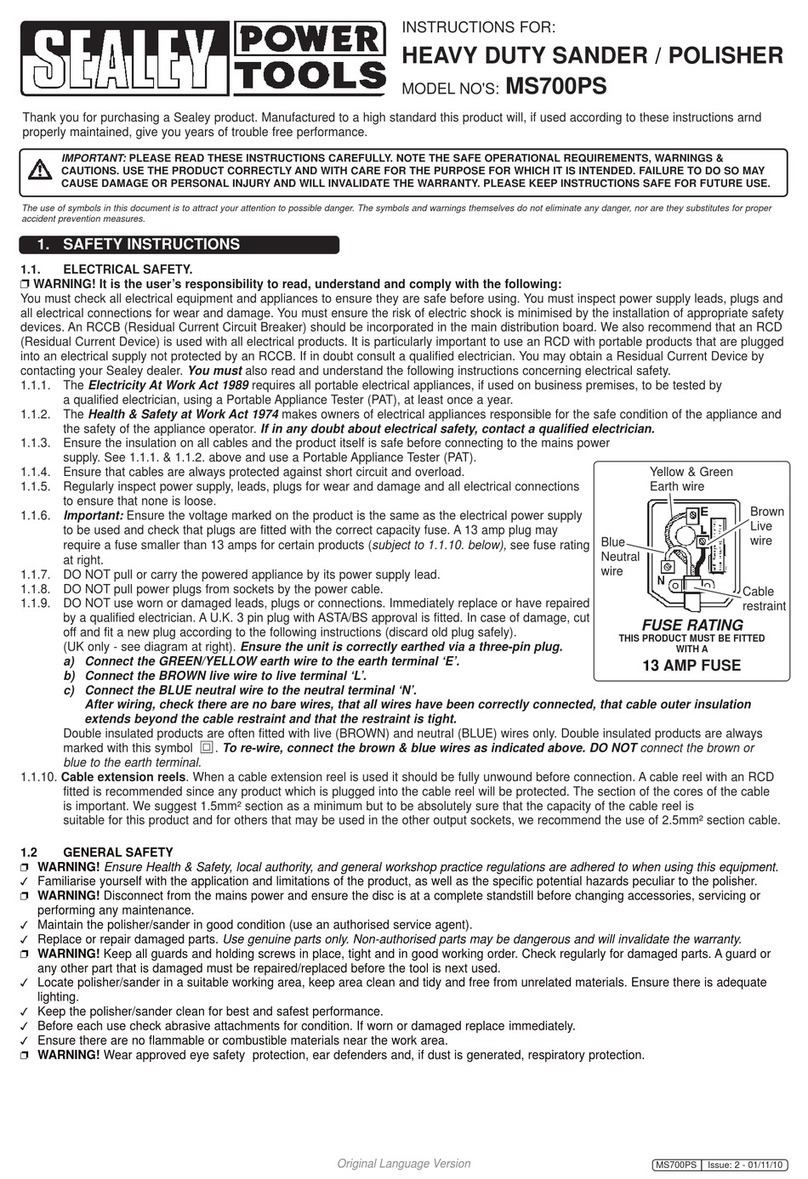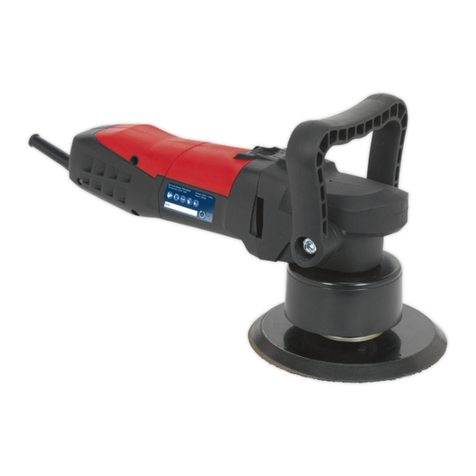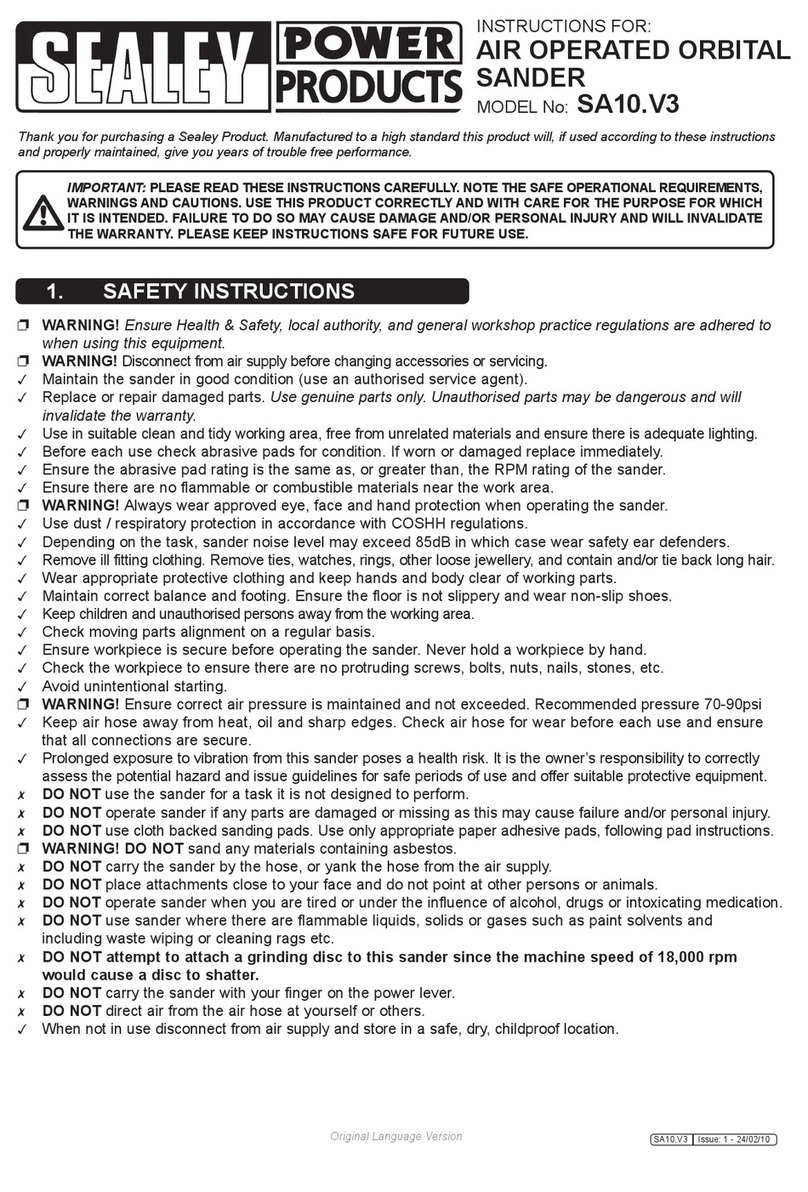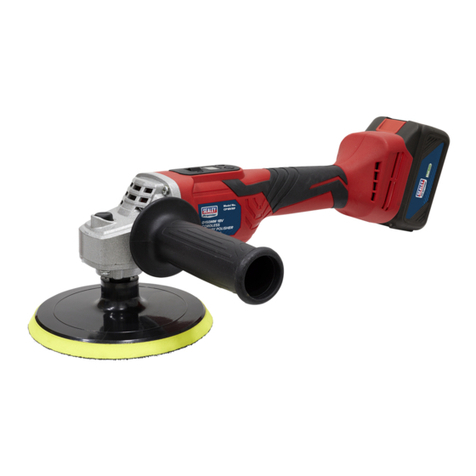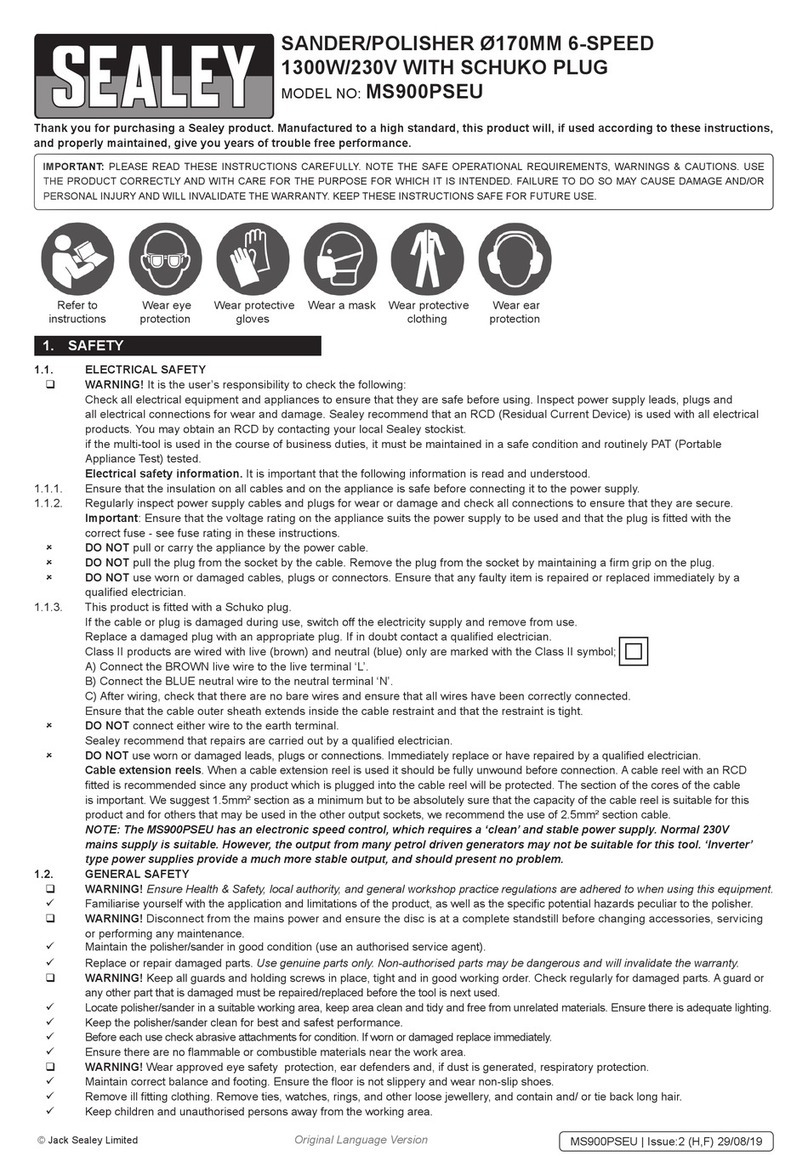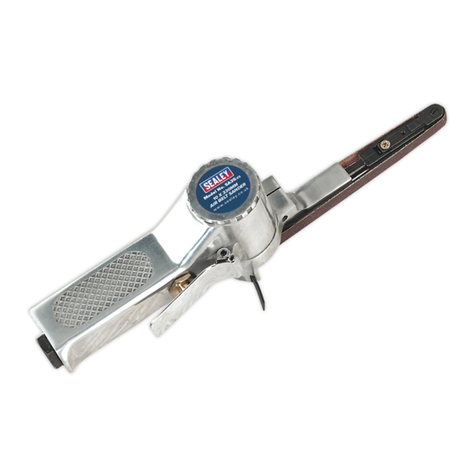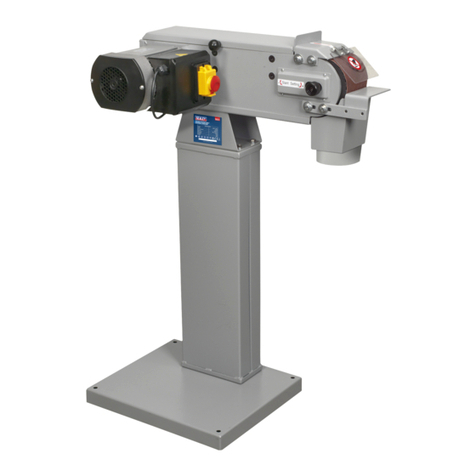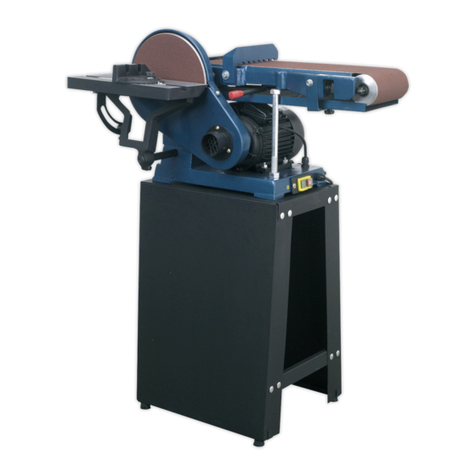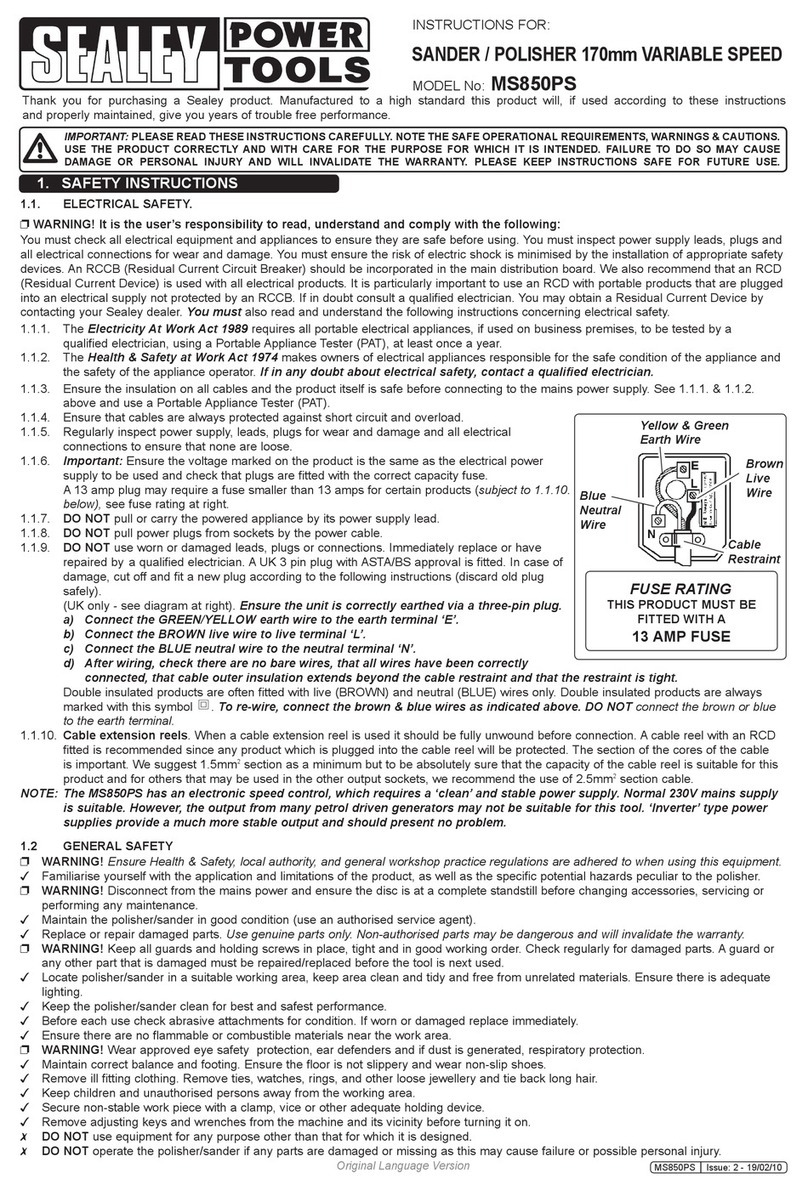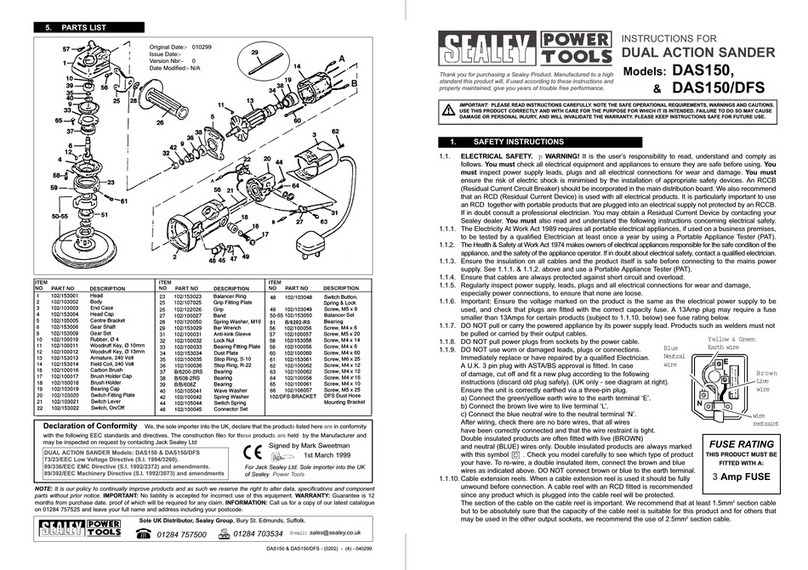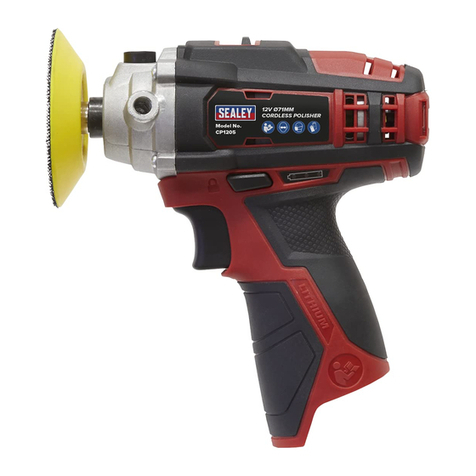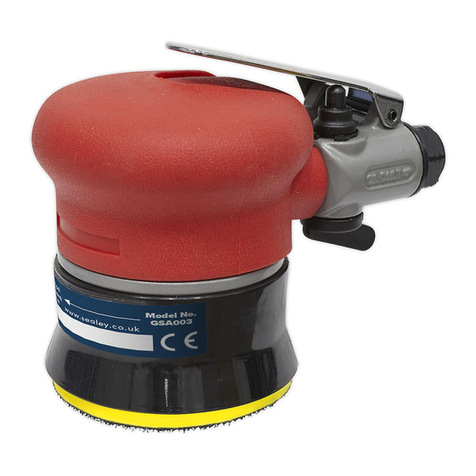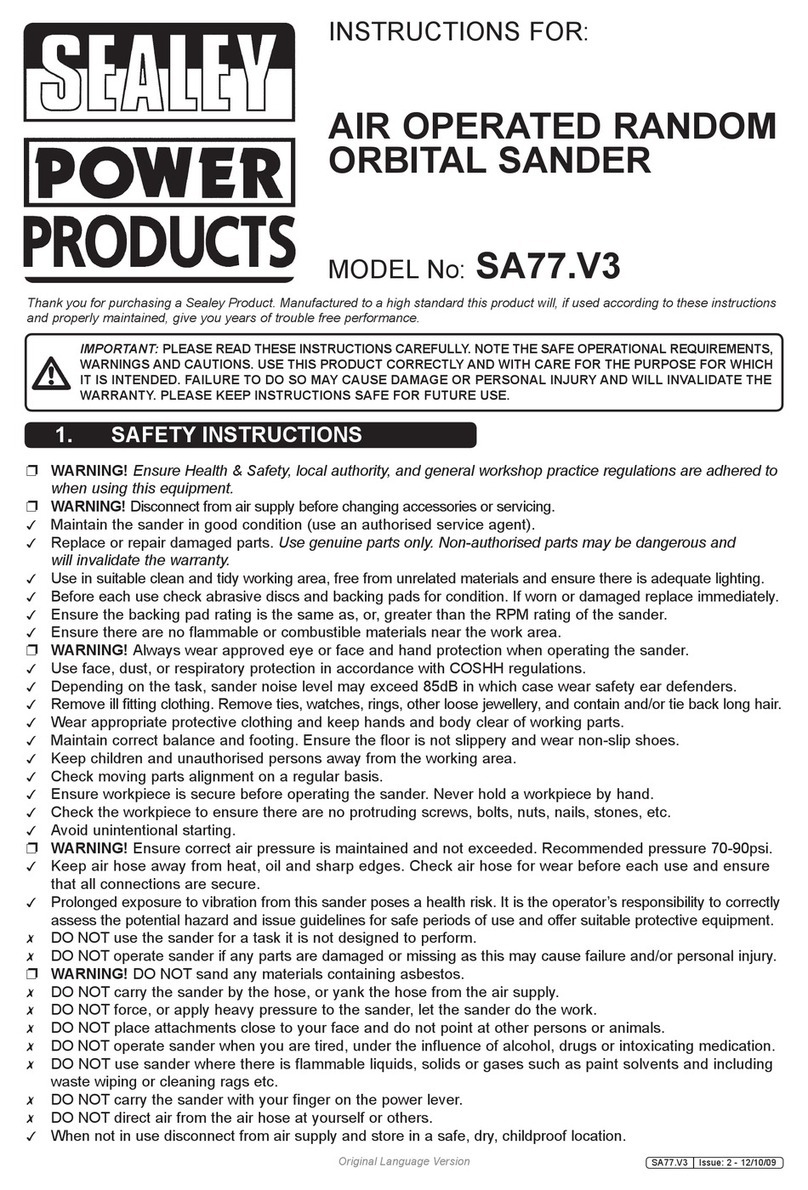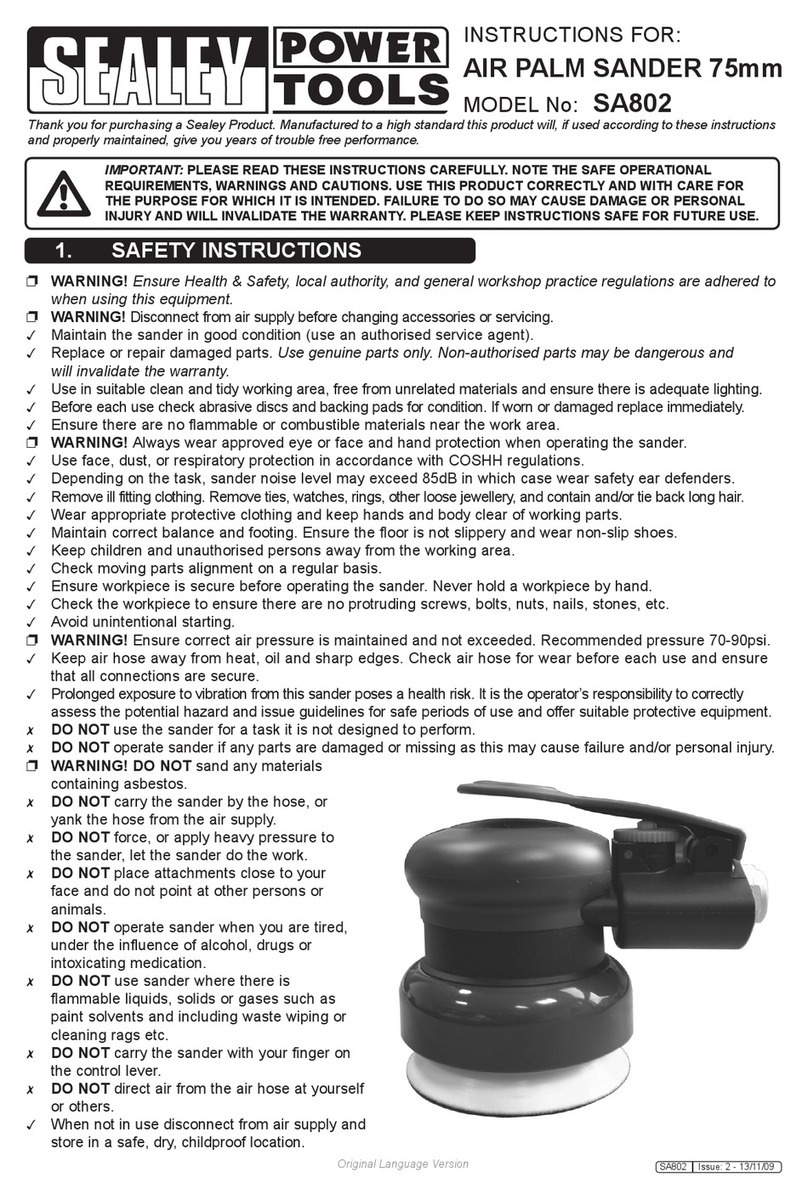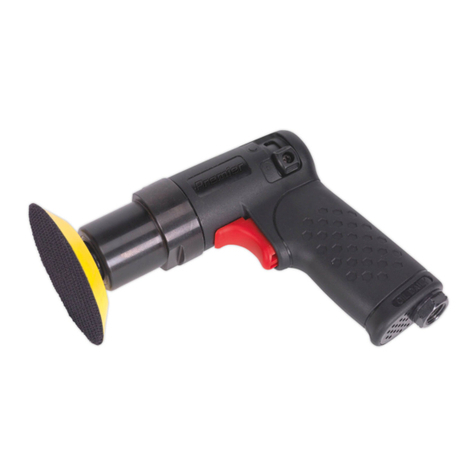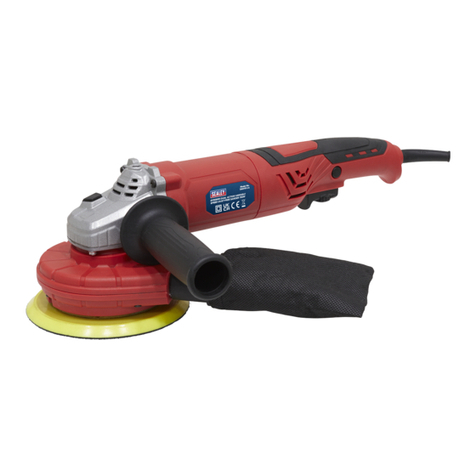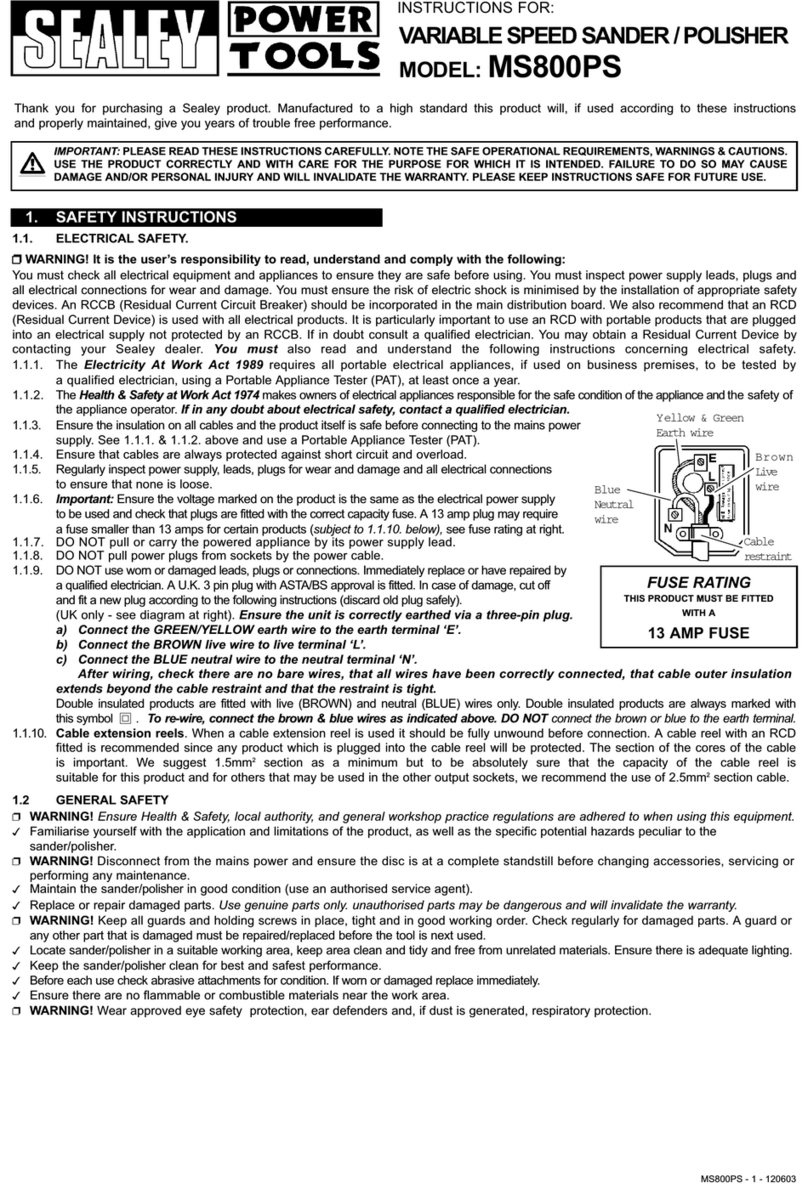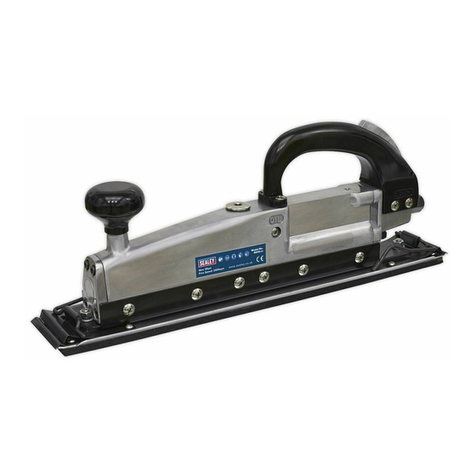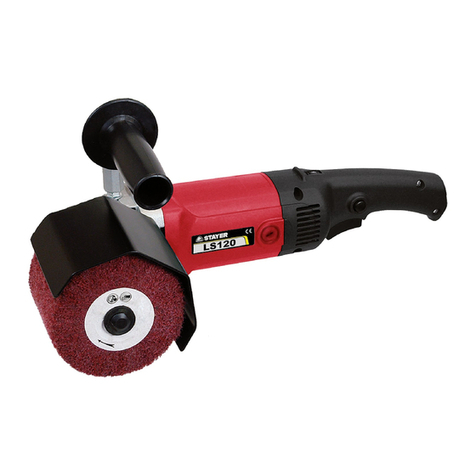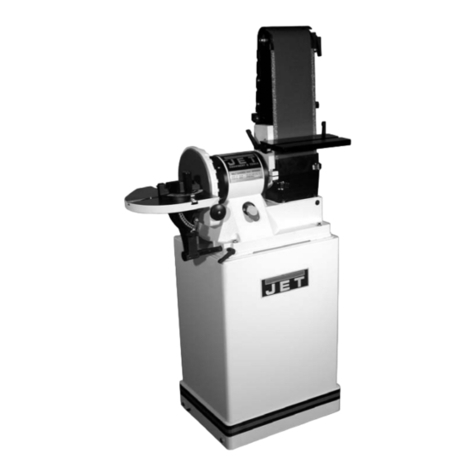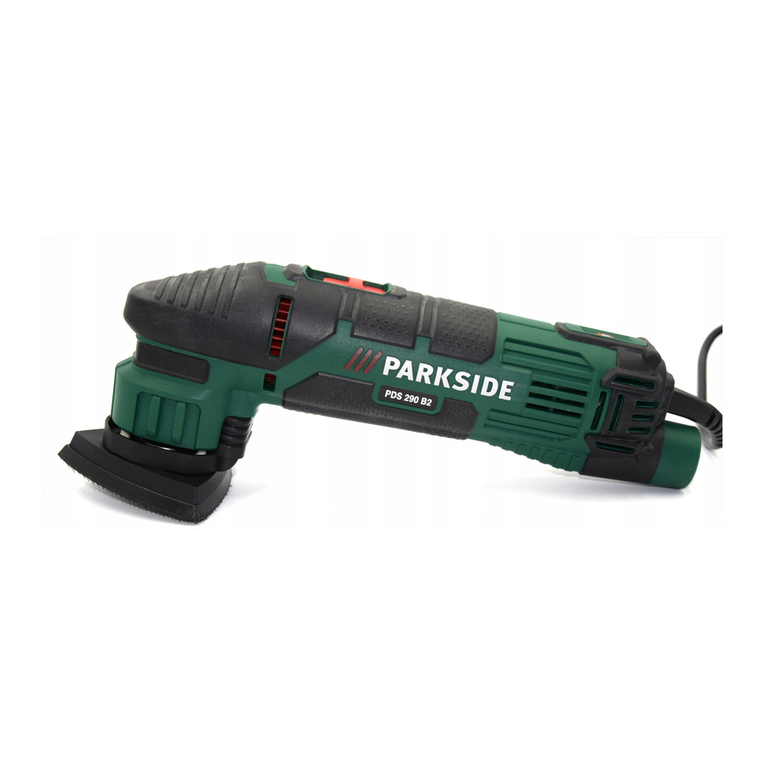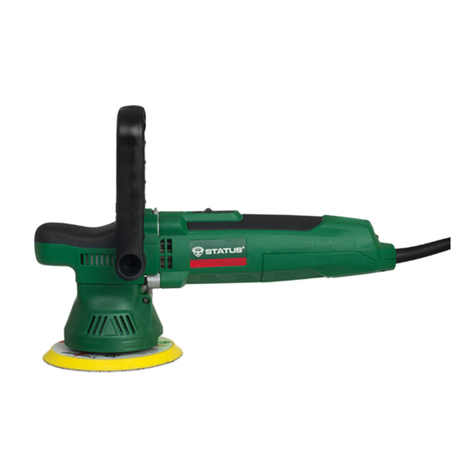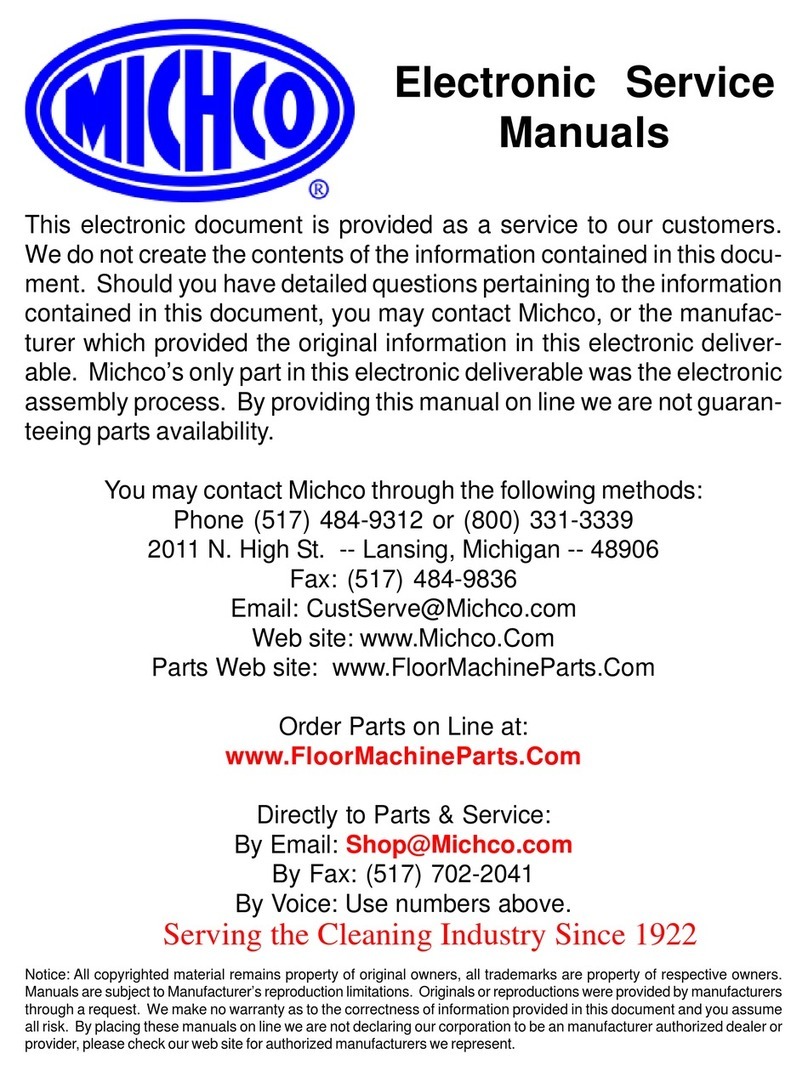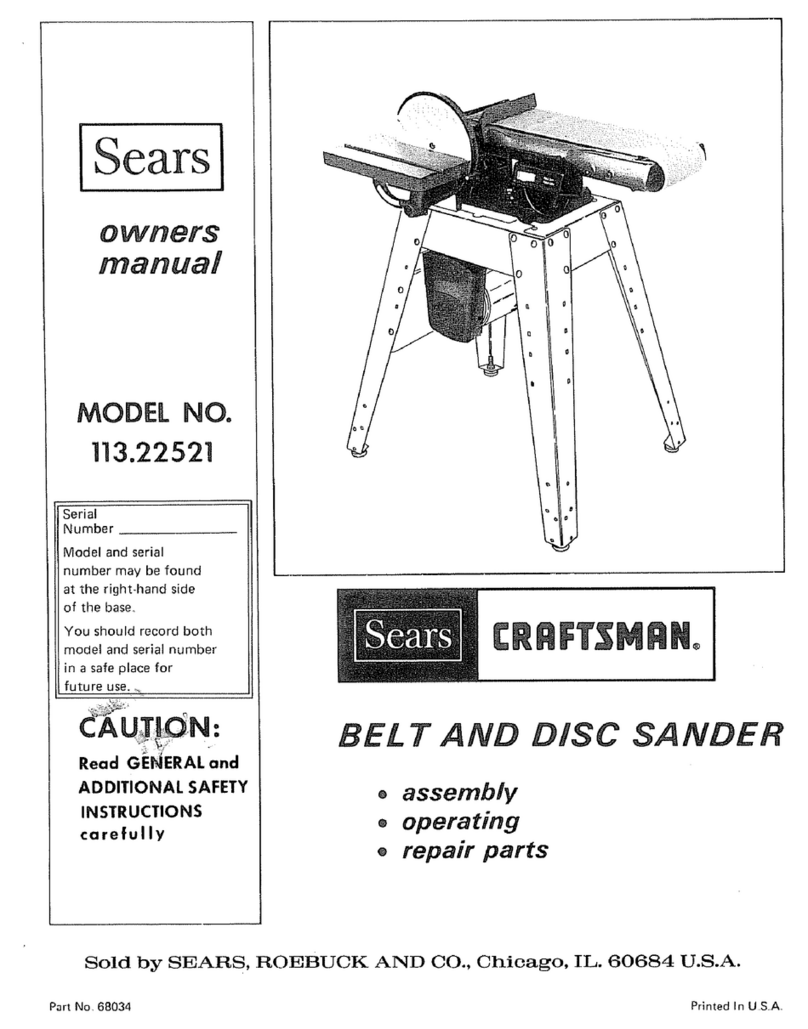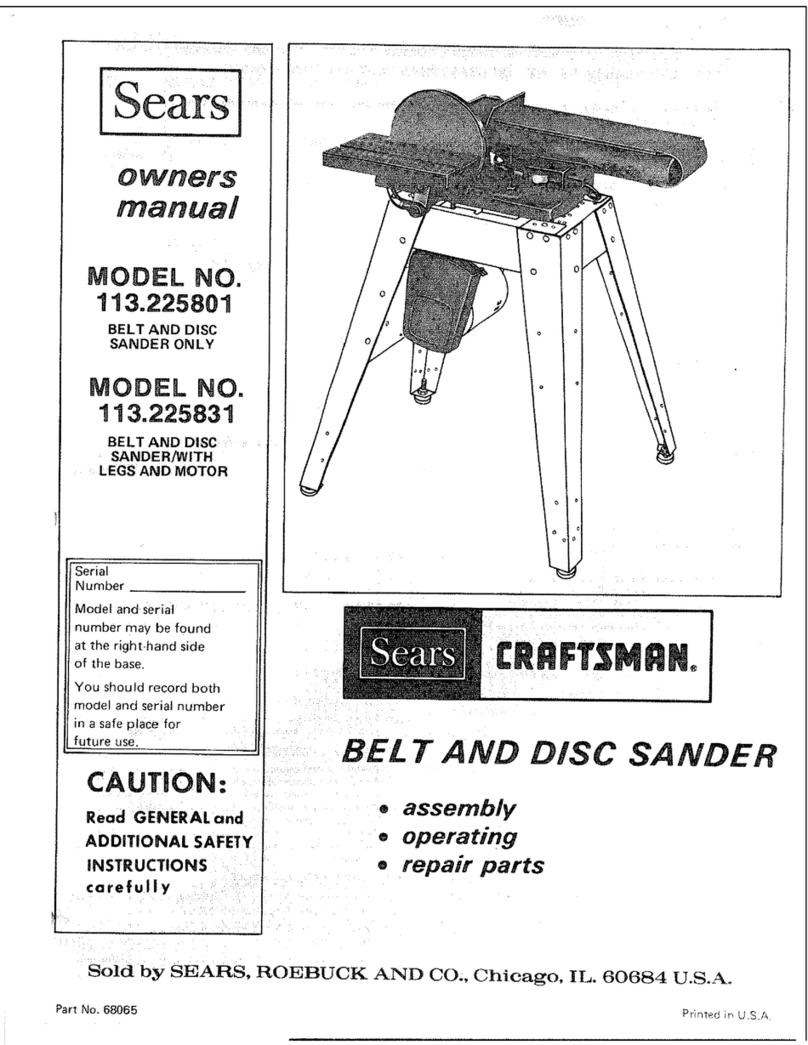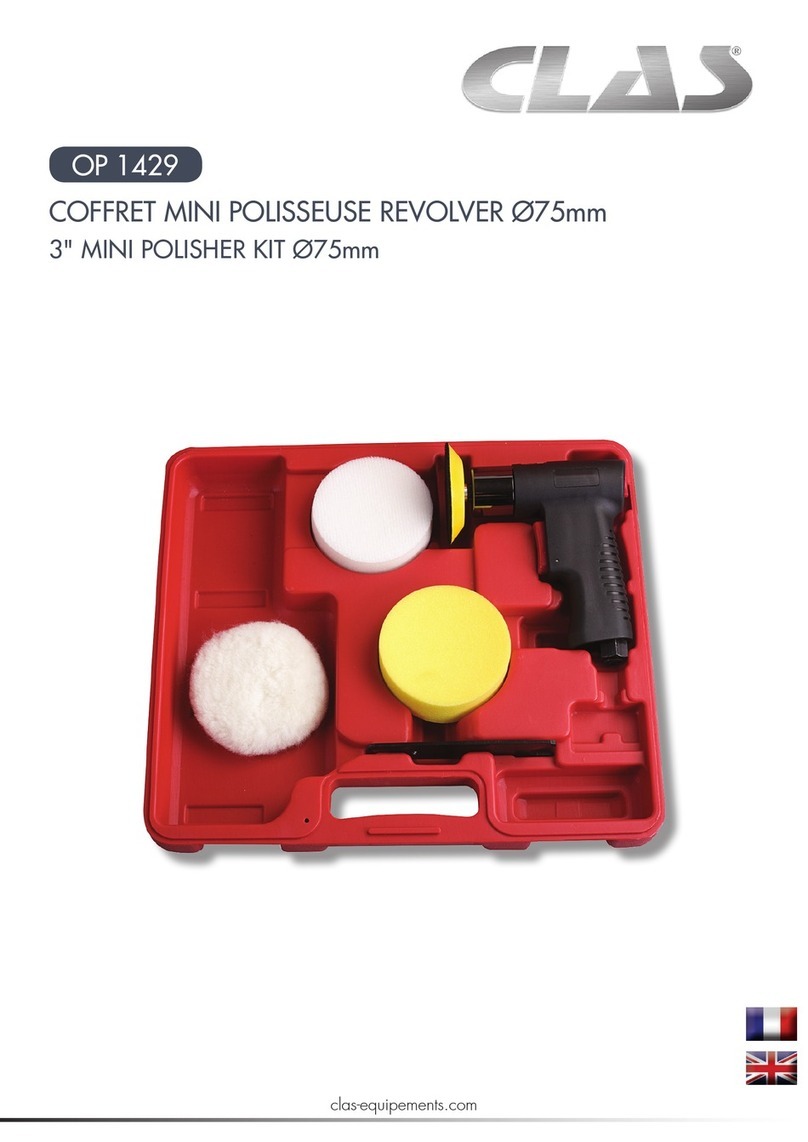
WARNING! A charger that is suitable for one type of battery pack may create a risk of re when used with another battery pack.
9 Use power tools only with specically designated battery packs. Use of any other battery packs may create a risk of injury and re.
9 When battery pack is not in use, keep it away from other metal objects, like paper clips, coins, keys, nails, screws, or other small metal
objects, that can make a connection from one terminal to another. Shorting the battery terminals together may cause burns or a re.
8 Under abusive conditions, liquid may be ejected from the battery; avoid contact. If contact accidentally occurs, ush with water. If liquid
contacts your skin, seek medical help. Liquid ejected from the battery may cause irritation or burns.
8DO NOT use a battery pack or tool that is damaged or modied. Damaged or modied batteries may exhibit unpredictable behaviour
resulting in re, explosion or risk of injury.
8DO NOT expose a battery pack or tool to re or excessive temperature. Exposure to re or temperature above 40°C may cause
explosion.
9 Follow all charging instructions and do not charge the battery pack or tool outside the temperature range specied in the instructions.
Charging improperly or at temperatures outside the specied range may damage the battery and increase the risk of re.
1.6. DUST EXTRACTION
WARNING: Always connect the sander to a suitable vacuum cleaner or workshop dust extraction system if applicable. The sanding
dust could contain harmful substances, such as particles from old paint, varnish, surface coatings etc. Always dispose of harmful dust
according to local laws and regulations.
WARNING: Take special care to guard against harmful and toxic dusts when sanding lead-based painted surfaces, woods and metals,
particularly if you are unsure about the exact substances involved. All persons entering the work area must wear a mask specially
designed for protection against the toxic dust and fumes involved. Children and pregnant women MUST NOT enter the work area. DO
NOT eat, drink or smoke in the work area.
1.7. SANDER SAFETY
WARNING! LEAD PAINT
9 Paint once contained lead as a traditional ingredient. The dust from the removal of such paint is toxic if ingested/inhaled and must,
therefore, be avoided. The following actions must be taken before using the sander on a surface that you suspect may contain
lead paint.
9 The user must determine potential hazard relating to age of paint to be removed. (Modern paints do not have lead content).
9 Keep all persons and pets away from the work area. The following persons are particularly vulnerable to the effects of lead paint dust:
Pregnant women, babies and children.
9 We recommend personal protection by using the following safety items:
9 a) Paint Spray Respirator.
9 b) PE Coated Hooded Coverall.
9 c) Latex Gloves.
9Take adequate measures to contain the paint dust, flakes and scrapings.
9 Continue to wear safety equipment as in (3) above and thoroughly clean all areas when task is complete.
9 Ensure paint waste is disposed of in sealed bags or containers.
WARNING! RISK OF HAND ARM VIBRATION INJURY
This tool may cause Hand Arm Vibration Syndrome if its use is not managed adequately.
This tool is subject to the vibration testing section of the Machinery Directive 2006/42/EC.
This tool is to be operated in accordance with these instructions.
Measured vibration emission value (a): 3.03 m/s²
Uncertainty value (k): 1.5 m/s²
Please note that the application of the tool to a sole specialist task may produce a different average vibration emission. We recommend
that a specific evaluation of the vibration emission is conducted prior to commencing with a specialist task.
A health and safety assessment by the user/employer will need to be carried out to determine the suitable duration of use for each tool.
NB: Stated Vibration Emission values are type-test values and are intended to be typical. Whilst in use, the actual value will vary
considerably from and depend on many factors Such factors include; the operator, the task and the inserted tool or consumable.
NB: ensure that the length of leader hoses is sufficient to allow unrestricted use, as this also helps to reduce vibration. The state of
maintenance of the tool itself is also an important factor, a poorly maintained tool will also increase the risk of Hand Arm Vibration
Syndrome.
1.8. HEALTH SURVEILLANCE
We recommend a programme of health surveillance to detect early symptoms of vibration injury so that management procedures can
be modified accordingly.
1.9. PERSONAL PROTECTIVE EQUIPMENT
We are not aware of any personal protective equipment (PPE) that provides protection against vibration injury that may result from the
uncontrolled use of this tool. We recommend a sufficient supply of clothing (including gloves) to enable the operator to remain warm
and dry and maintain good blood circulation in fingers etc. Please note that the most effective protection is prevention, please refer to
the Correct Use and Maintenance section in these instructions. Guidance relating to the management of hand arm vibration can be
found on the HSC website www.hse.gov.uk - Hand-Arm Vibration at Work
2. INTRODUCTION
Compact and well balanced belt sander with sanding width of 76mm. Flat front and side edge allow for ush sanding. Supplied with a dust
collection bag. Toolless belt change and tracking adjust. Six adjustable speed settings.
3. SPECIFICATION
Model No:......................................................CP20VBS
Battery: .......... 20V 2Ah - 6Ah Lithium-ion (not included)
Belt Length: ........................................................ 457mm
Belt Width:: ........................................................... 76mm
No-Load Speed: ...................................... 120-350m/min
Noise Power/Pressure: .......................... 91.0/80.0dB(A)
Measured Vibration Emission Value: ............... 3.03 m/s²
Uncertainty Value: ............................................... 1.5 m/s²
CP20VBS Issue 2 (3) 06/06/23
Original Language Version
© Jack Sealey Limited


